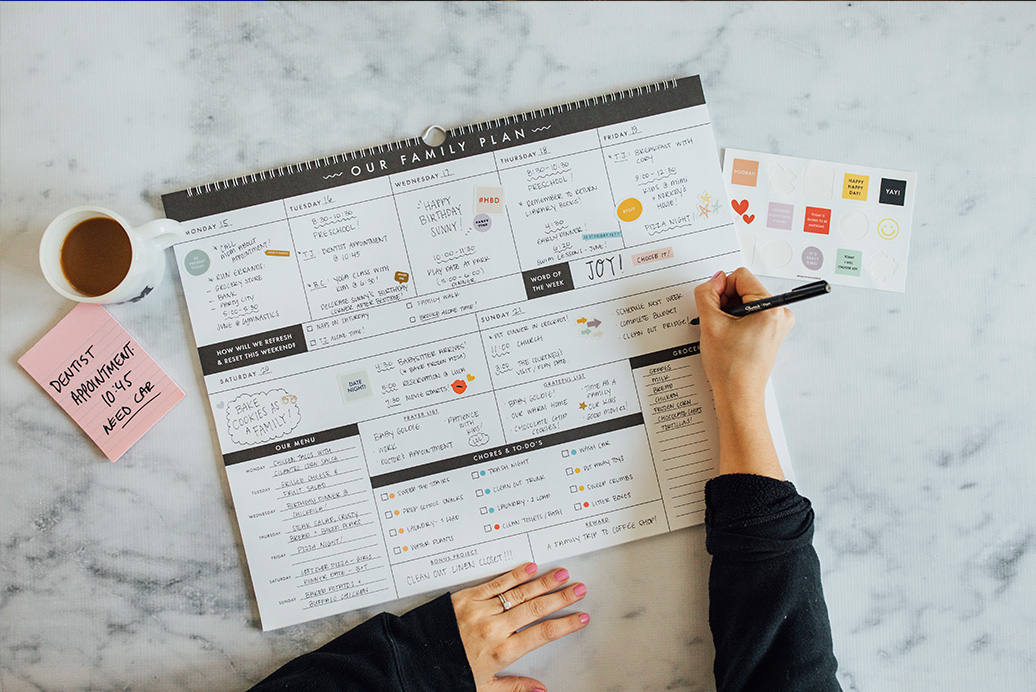Jeremy:
Okay, we want to give you the number one way to cut down on screen time in the home. There are so many ways, lots of tips. We’re going to go into this one a little bit deeper. I would say with that, I believe this is the one that comes first, and that is if you want to cut down screen time, you have to make it inconvenient. And this is so counter to everything that of course companies have done to make it… You walk into some restaurants, and it’s like so convenient. On demand entertainment, every movie, every show, the entire binge watchable season right there, one click away, and that is such a problem, you guys.
This is sort of like if you filled your entire kitchen with donuts, and it was the one food that always makes you cheat. If you had somebody come in and you had a dieting coach, what they would say is, “Don’t have donuts in your house, right? You can’t take it. You can’t resist it.” And so, it’s interesting. A lot of people have a very strong negative reaction sometimes when we say, “Make it really inconvenient. Cancel that subscription. Make it so that you have to order the DVD.” I remember when we were first watching movies when we first got married and started having kids, there was a TV at the church, and to actually watch something, I had to pick up the TV with its VCR, drive it home, put it up on a stand, plug it in. It took like 15 steps. It was incredibly inconvenient. We still watched a movie every week. It was awesome. I love watching movies, but it was so hard to do that we never did it on accident.
And so, if this is a real struggle for you, make it less convenient. And so, you can put the TV in an inconvenient place. That’s one way to do it. You can get rid of on demand subscriptions, or you could decide there’s only two months of the year that we have Netflix or something like that. One thing we’ve done, we’ve done show buddies. We tell our kids, “You can only watch a show if you can convince another sibling during these times, and then you have to agree. And then you can only watch one.” There’s a lot of inconvenience there that makes it really hard to do scheduling, watching times.
We’ve given you guys a lot of these tips, but the basic idea, I know James Clear talks about this in his Atomic Habits book is that if you want to make good habits really easy or really consistent, make them easy. And if you want to get rid of bad habits, you have to make them inconvenient. So I would say that’s the number one thing. If you’re finding that you have too much screen time, how are you going to make it less convenient? That’s a really simple sort of idea. And it’s sometimes really easy to do, but a lot of times we just don’t want to do it. Jeff, what are your thoughts on that?
Jeff:
Yeah, and I think another way to think about it, which is the same thing but a different way, is the technology companies, entertainment companies, their job is to create as least amount of friction as possible, so that then you have no almost choice but to just turn it on or flick it on or swipe it on or watch it or whatever. And so, our job then I think as humans, as image bearers, is to resist that by creating the most friction. Create friction between you and that device so that you’re resisting and fighting them and their agenda, which is not to make you a whole image bearer, but is to make more money and to actually make you more of a fragmented mind and person.
Jeff:
And so, yeah, we do this a bunch of little ways too. One huge one is just remove all visual cues. I think we’re visual people. I think we’re based on where humans have cues, and so remove all visual cues. So we have one TV only. We have no cable, and that TV goes down in a lift, literally hidden in a cabinet, and you have to press a button that takes 30 seconds to raise up.
Jeremy:
Awesome, a elevator.
Jeff:
Yeah. It’s awesome, but it just takes just enough time where it’s not that convenient. And it’s hidden. So we forget. We don’t even think about it. It’s not the focus. It’s not the focal point. You’re not like, “Oh, there’s a TV. Let’s turn something on.” It’s we don’t see it. The same thing with all the other devices with our kids. We have a couple thousand square foot house, and devices are never out there. They’re always in one cupboard in my office, the iPads and the phones, and they’re always plugged in. And if we want it, we call it like they’re leashed. You have to go to the leash and get it and take it out and make a call or make a text. So visually, you don’t see anything. They’re all in a cupboard, hidden away.
Another one is turn your devices off for blocks. So I try to turn my phone off right when we’re about to start dinner, and I won’t turn it back on until when the kids go to bed. So there’s a really solid couple of hours right there of just right, I’m only with the family, only leaning into them, only leaning into that present moment. And as you know, that’s a lot of friction to turn on an iPhone because I can’t just go look, “Oh, who text me?” It’s like, “Oh, I got to turn it on. It’s got to do the boot up. It’s got to do that Apple signal. It takes like a minute.” So that’s just enough where it’s annoying so I don’t do it. But if it was on, I’d probably just go check it or pull it out of my pocket.
So yeah, just create more friction. And this isn’t just for creating fiction’s sake, but everything me and Jeremy are saying is so that you can be more present, I think be more whole, lean into Jesus more, be more aware of his spirit and the moments he wants to give you as a father in your home to your family. And it is for your blessing and for your good.





